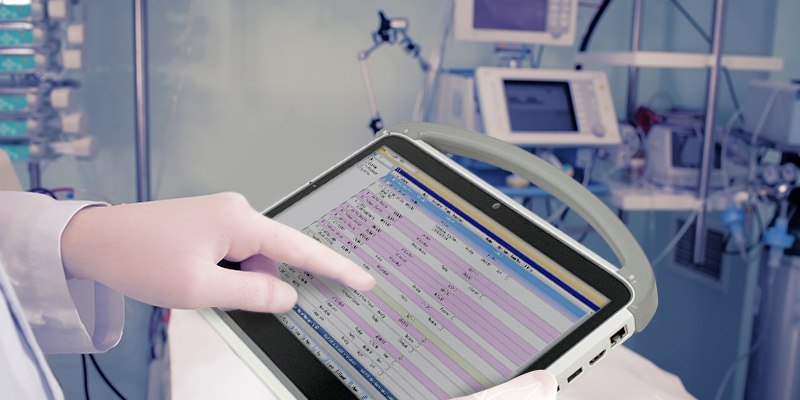
EMS providers, hospitals, in-home caregivers, and insurance companies are all involved in the mobile integrated healthcare (MIH) movement, which promises to deliver higher quality and more affordable medical treatment.
A straightforward definition of mobile integrated healthcare (MIH) is the utilization of patient-centered, transportable resources outside of the hospital. These can be conversations with organizations that offer medical advice to 9-1-1 dispatch callers, community paramedicine, resources for managing chronic illnesses or pain, preventive or follow-up visits, or transportation services to a facility or program that has been recommended by a medical professional.
When the pandemic hit, a few EMS organizations started experimenting with innovative “integrated healthcare delivery systems,” which used telemedicine and alternative transport locations to cut down on the amount of unnecessary ED transfers and save time and costs for patients and medical staff.
Here are some of the top benefits of using medical tablets in healthcare, for both patients and providers:
Direct patient management
Healthcare professionals initially had only a limited amount of access to their patient’s data. There was no means to immediately give modern treatments and keep track of how the medication was working. This dynamic is changing due to mobile devices.
Now patients’ routine vitals are taken and patient records are kept using phones, medical tablets, and wearable tech. Using medical tablets that can reliably track and manage a procedure, doctors and nurses can easily check on the patient directly. The use of medical rugged tablets as a patient management tool is now practical. The numerous facets of patient care can also be taught to family members by providers via mobile communication apps. Healthcare professionals are becoming more involved in pointing their patients on the correct path by using medical tablets and other technologies.
Better point-of-care coordination
When a patient is discharged from a hospital following the initial treatment and stabilization, a nurse gives the patient medications and instructions. The nurse describes the test and follow-up procedure in addition to how the medications should be taken. A patient’s doctor can view their current medicines, allergies, and medical history on a rugged medical tablet. In an emergency, this can let the doctor place a rapid order for the necessary medication. Additionally, there are also medical tablets with barcode scanners that can be used for drug administration via barcodes (BCMA).
The dynamics of providing patient care are shifting as a result of using mobile devices and medical tablets. Now, the patient and the doctor or nurse can communicate more effectively regarding the diagnosis, treatment, and follow-up procedures.
Seamless data flow
The healthcare system is a complex network. There is a continuous data flow between the healthcare providers and the patients. Along with this, the hospital administration also needs access to the data for accounting purposes.
This complicated ecosystem’s ability to move information more quickly is thanks to mobile handhelds and technologies. With medical tablets acting as endpoints, data may go through the network more quickly. Now, healthcare professionals have more influence over how information spreads. They don’t have to be concerned about lost documents, files, or folders. DT Research works to provide tools to help the healthcare industry deliver mobile integrative technology with its medical-grade tablets and healthcare-focused solutions to all types of healthcare facilities and settings as the integrated health approach continues to deliver cost savings and positively impacts communities. We provide a wide range of medical tablets in a number of sizes with features to meet the demands of many hospitals, healthcare facilities, and medical equipment providers.

